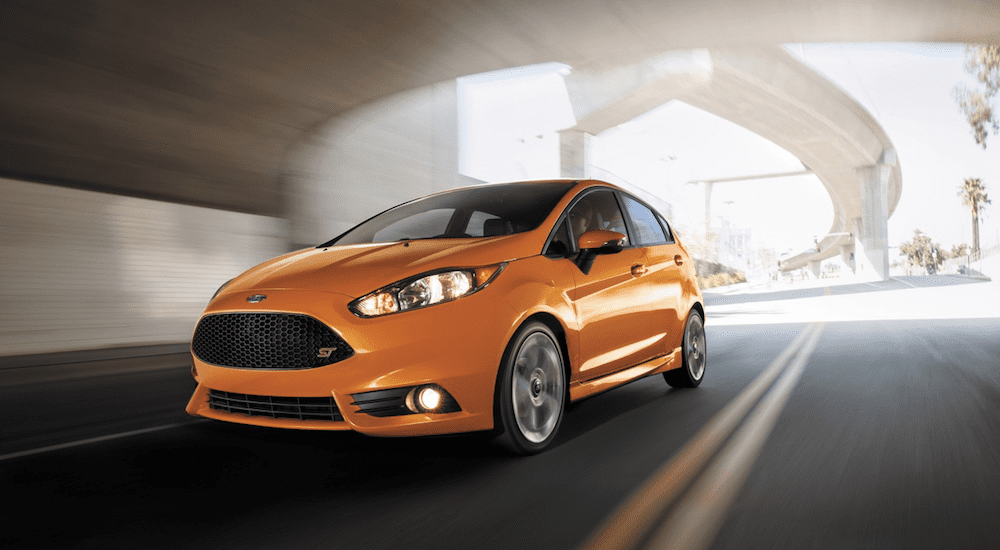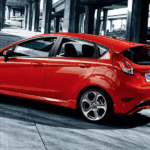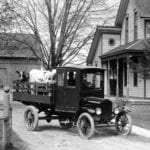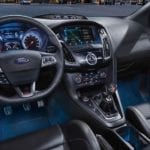If there is a vehicle class that I’ve always felt a detachment from, it is (without a doubt) the subcompact segment. Granted, I like my cars a little on bigger side with more assurance of performance in terms of horsepower and torque, so it’s safe to say that I’m just not part of the subcompact demographic.
That said, the number of drivers who favor subcompact and modestly-sized vehicles continues to grow exponentially. Fueled partially by generational preference, these vehicles represent a more affordable option for young adults who may already be weighted down with the burden of student loans. With conservative fuel consumption, they also speak to that generation’s hardwired sensitivity to environmental sustainability. Easily maneuverable, they are ideal for the demands of a commute, as well as those of urban living. And when we take a look at styling and available technologies, it becomes clear that many of these offerings have been custom made with the young (and young-at-heart) in mind.
The tagline says it all, “We all drive. Some of us live out loud.” So what are the features of the 2017 Ford Fiesta that allow it to remain so relevant, after 41 years on the market? I may not be in the market for a Fiesta but, since I’m kicking down the door to ’40′ I’m certainly interested in finding out what allows it to stay so youthful in spirit!
The Basics
Starting at $13,660 MSRP the 2017 Ford Fiesta is, first and foremost, accessibly priced. Available as both a sedan and four-door hatchback it is immediately option-friendly, an attribute enhanced further by three available trim levels (S, SE, and Titanium). There is also the option of a ‘high-performance’ ST hatchback, though it’s worth noting that it is priced to start ‘less-accessibly’ at $21,140 MSRP.
The front-wheel-drive core trims are powered by a 1.6-liter four-cylinder engine which comes standard paired to a five-speed manual transmission. There is the option of a six-speed PowerShift (dual-clutch) automatic transmission, but both configurations offer up 120 horsepower and 112 lb-ft of torque with an estimated 30 mpg combined (36 highway, 27 city).
There is also an optional EcoBoost 1.0-liter turbocharged three-cylinder paired to a five-speed manual transmission. Delivering 123 horsepower and 125 lb-ft of torque, along with 35 mpg combined (41 highway, 31 city), this Fiesta also boasts above-average acceleration for the segment.
As mentioned above, the ST variant provides an even sportier option. Powered by a turbocharged 1.6-liter four-cylinder mated to a six-speed manual transmission, expect a solid 197 hp and 202 lb-ft of torque. With even faster acceleration off the line (0-60 mph in 7.1 seconds) and 29 mpg combined (32 highway, 26 city) the ST certainly injects the offerings with sprightly performance, making the Fiesta, even more, fun to drive.
First Impressions
Aesthetics are subjective. I could walk around the Fiesta a dozen times, scrutinizing every last detail, but I may not appreciate it as much as others. While I do believe that the 2017 updates to its front and rear fascia help to convey more sportiness, the Fiesta is simply designed with another type of driver in mind. And for that type of driver, it is near-perfect in terms of design as well as proportion.
A look at the Inside
While I may not have been enthralled with the Fiesta’s exterior, its interior is where my mind begins to open a bit. In terms of driver and front-passenger accommodation, the Fiesta is deceptively comfortable. Rear-passengers may find space at a greater premium, but it’s fair to say that someone shopping a subcompact for use as a people carrier is probably looking in the wrong place.
That said, the overall cabin design of the Festive makes up for any limitations of space, especially at higher trim levels. Opt to enhance your experience with heated leather seats, multicolor ambient lighting, and premium Sony sound system, and the Fiesta becomes every bit the party you’d expect from its name. Go for the ST trim, and you won’t be disappointed by the environment you create.
Technology
If cabin design is enough to get my attention, available technology is enough to keep it. At the base level, the Fiesta offers a few amenities that are becoming commonplace enough that we take them for granted. Bluetooth-enabled, the Fiesta S has an infotainment system built around a 3.5-inch (non-touchscreen) center display and a six-speaker sound system. With CD, USB Port, and auxiliary input, there are countless ways to enjoy your music.
Jump up to the SE and an optional ‘Appearance’ package can score updates such as a 6.5-inch touchscreen, voice controls, Sync3 infotainment system and satellite radio. The Titanium level incorporates a rearview camera, HD radio, and an eight speaker SONY system.
Overall, the available technologies for the Fiesta make it a case of ‘just enough’. There’s little more that you could want in a subcompact offering, and yet it doesn’t feel overwhelming.
Safety
With above-average braking for the segment (117-122 feet from 60 mph), four out of five stars for combined overall production and four stars for front-impact and and five stars for side-impact, it is worth noting that the Fiesta has been recognized by the Insurance Institute for Highway Safety (IIHS).
Last Thoughts
The Fiesta is (i) safe (ii) sufficiently-equipped in terms of technology and (iii) in possession of a strongly-designed interior. While it may be more modest in terms of size and powertrain configuration, the Fiesta performs you’d need it to for the kinds of driving it is designed for. Factor in the strength of its fuel economy and the extent to which it is accessibly priced, and the Fiesta becomes an ideal, fun-filled vehicle, perfect for the demands of the young and young-at-heart.




